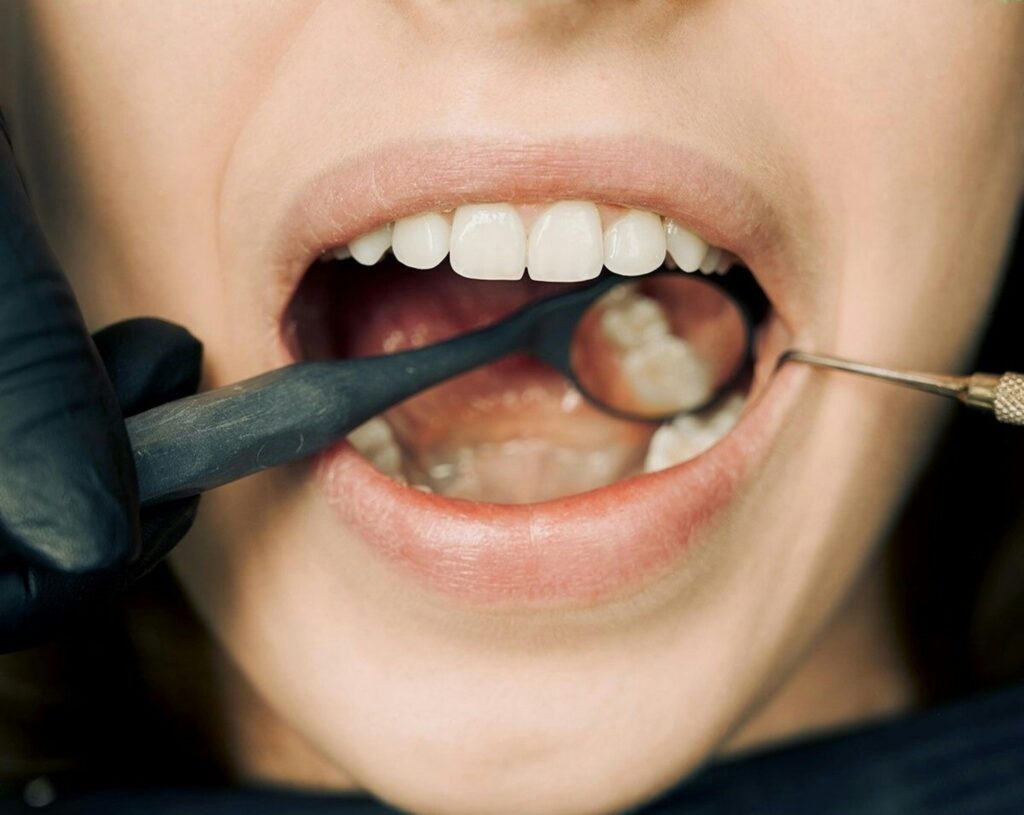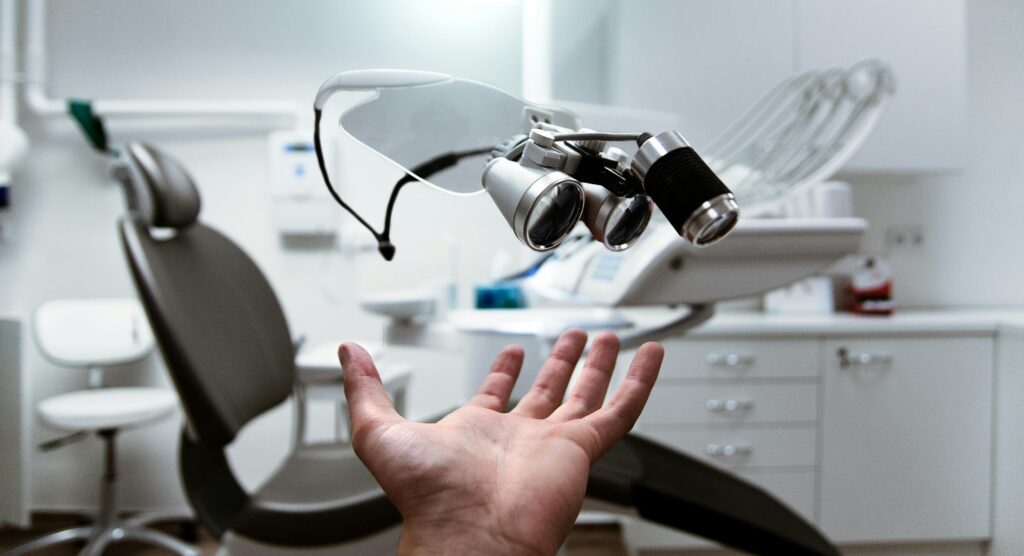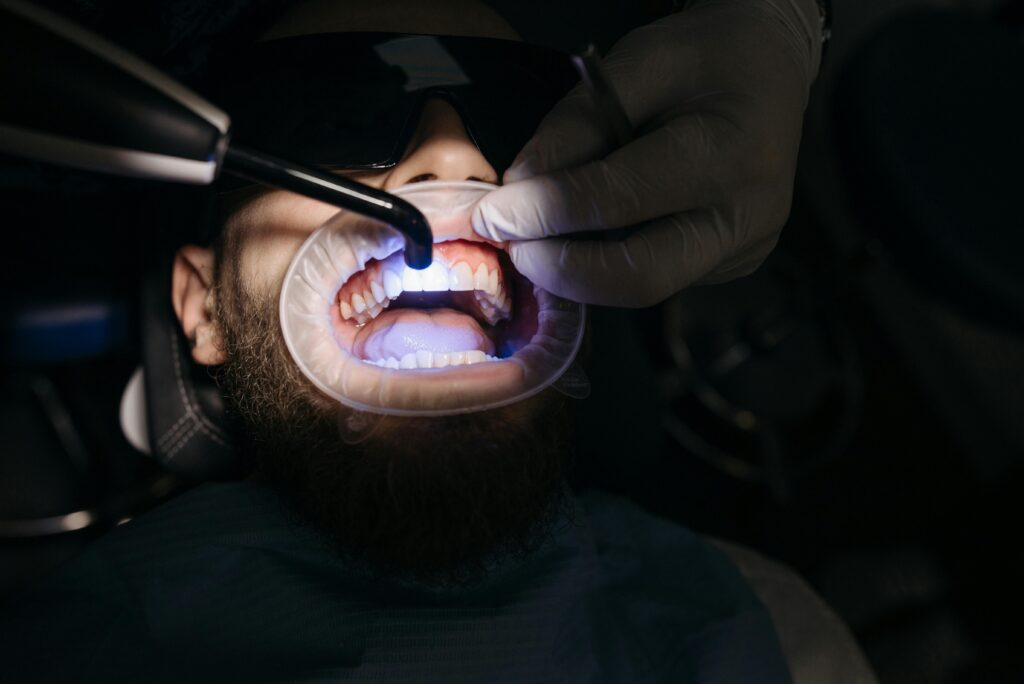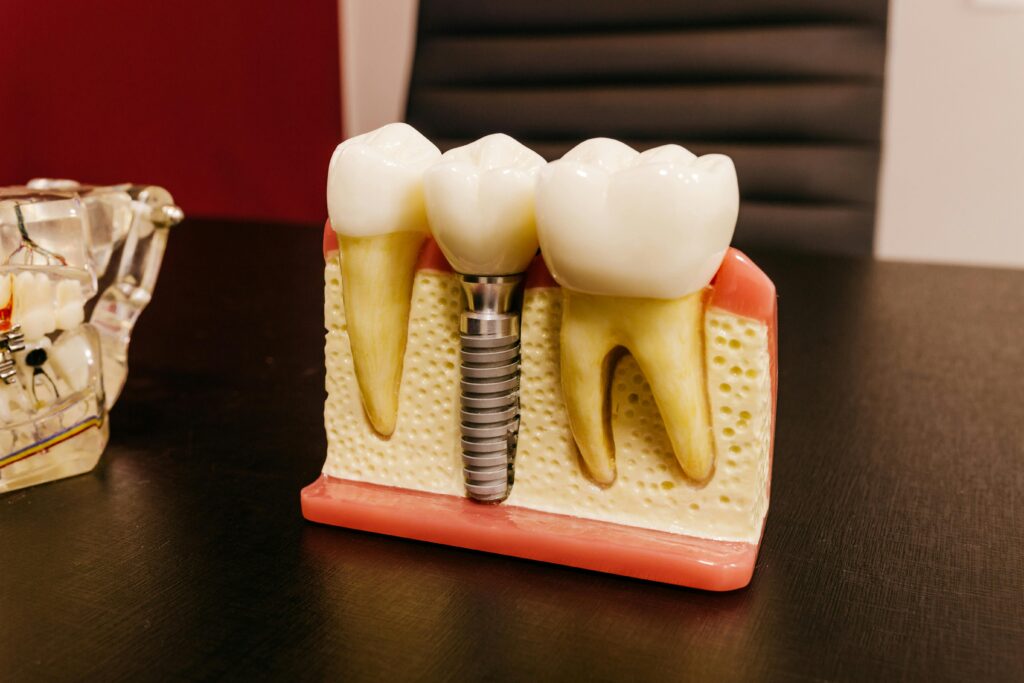For many, a morning coffee or an afternoon glass of wine is a cherished daily ritual. While these beverages bring plenty of joy, they can also leave behind a hidden cost: stained teeth enamel. Understanding these can help you take better care of your smile and keep it looking its best. If you’re not happy with the color of your teeth, albanydentistexpert is here to help you regain a brighter, more confident smile.
Table of Contents
Types of Tooth Stains: What Causes Discoloration
Tooth discoloration refers to any change in the natural color of your teeth, which can range from slight yellowing to more noticeable stained teeth. It can be caused by various factors, including lifestyle choices, aging, and even genetics.
Dentists categorize stains into three main types:
1. Extrinsic Teeth Stains
These stains form on the outer layer of your teeth, typically caused by foods, beverages, or tobacco use. While they are less permanent than other stains, they don’t disappear with regular brushing. Over time, if there are cracks in the enamel, these stains can penetrate deeper and become harder to remove.
2. Intrinsic Teeth Stains
Intrinsic stained teeth occur inside the tooth, affecting the dentin layer beneath the enamel. These stains are typically caused by factors such as trauma, medications, excessive fluoride, or the natural aging process. Unlike surface stains, intrinsic discoloration is harder to treat with regular oral care. As enamel thins over time, the underlying dentin, which is often yellowish, becomes more visible. Professional treatments, like teeth whitening or veneers, are usually needed to address intrinsic stains effectively.
3. Age-Related Teeth Stains
These stains are typically a combination of two factors: the natural yellowing of the inner tooth layer (dentin) and the thinning of enamel over time. The enamel, which is the outer protective layer of your teeth, gradually becomes thinner as you get older, allowing the yellowish dentin underneath to show through more prominently.
Understanding the type of stain affecting your teeth is the first step toward achieving a brighter, healthier smile.
Causes of Enamel Stains: Why Do Teeth Discolor
Teeth stains can have a variety of causes, from lifestyle habits to biological factors. Some stains can be preveted, others may be beyond your control. Use this guide to help identify the source of your tooth discoloration:
1. Food & Drink
Certain foods and beverages, like coffee, dark sodas, red wine, and some fruits and vegetables, are highly acidic and can lead to staining.
2. Tobacco
Smoking or using chewing tobacco is a major contributor to tooth discoloration, leaving stains that can be challenging to remove.
3. Oral Care
Oral care is essential for maintaining healthy teeth, gums, and overall well-being. A good oral hygiene routine helps prevent common problems like cavities, gum disease, and bad breath while also contributing to a brighter, more confident smile.
4. Trauma or Disease
For children, trauma, illness, or conditions that affect enamel development (in the womb or before age 7-8) can result in discolored teeth.
For adults, dental trauma may also lead to stained teeth. Certain medical conditions and treatments, like chemotherapy or radiation, can lead to tooth discoloration.
5. Medical Treatments
Some medications and medical treatments can contribute to staining, making it essential to discuss potential side effects with your doctor or dentist.
By understanding the underlying cause, you can take steps to prevent or address enamel stains and maintain a brighter smile
Effective Ways to Minimize Tooth Stains
While some stains may not disappear entirely, there are several ways to reduce their appearance and brighten your smile. Here are some tips to help:
1. Maintain a Consistent Oral Care Routine
Keep a consistent oral care routine by brushing twice a day and flossing daily to maintain healthy teeth and prevent from stained teeth.
2. Schedule Regular Dental Visits
Seeing your dentist twice a year for cleanings and check-ups helps remove surface stained teeth and keeps you in top condition.
3. Limit Teeth-Staining Beverages
Cut back on drinks like coffee, dark sodas, and red wine, or use a straw to minimize their contact with your teeth.
4. Try At-Home Remedies
Brushing with products containing baking soda can help reduce surface stains naturally.
5. Opt for Professional Teeth Whitening
For more noticeable results, professional whitening treatments can dramatically brighten your smile.
Ready to restore your pearly whites, Contact with albanydentistexpert today for your teeth whitening session.







